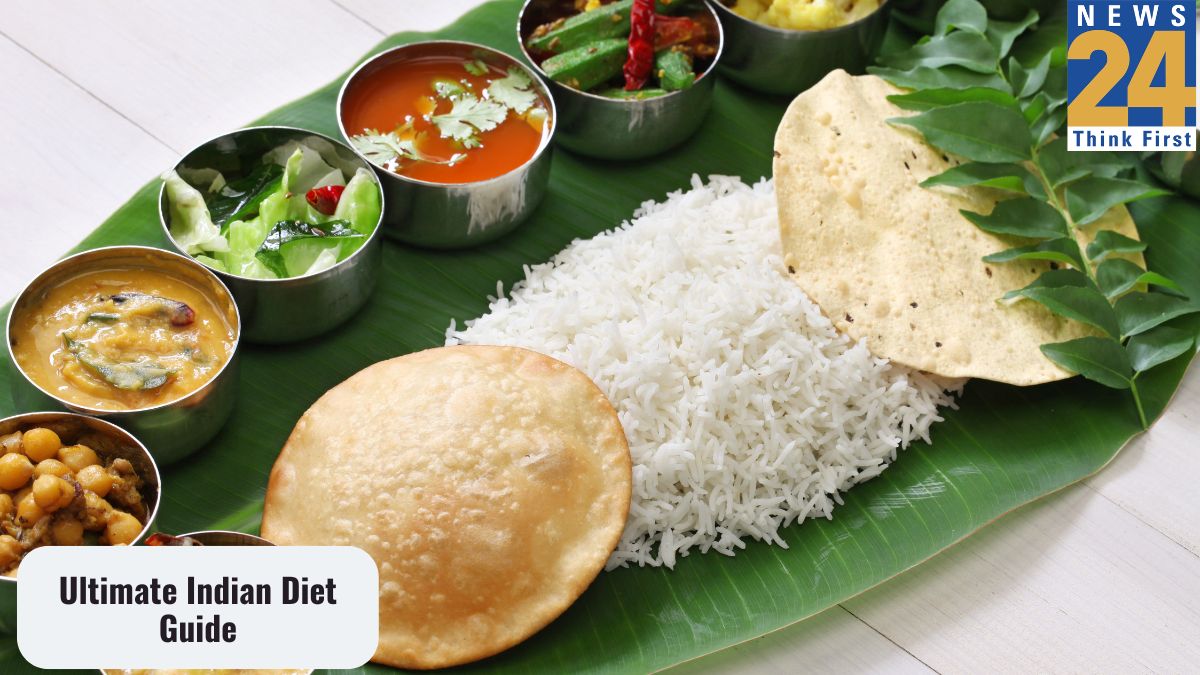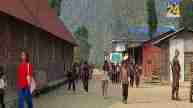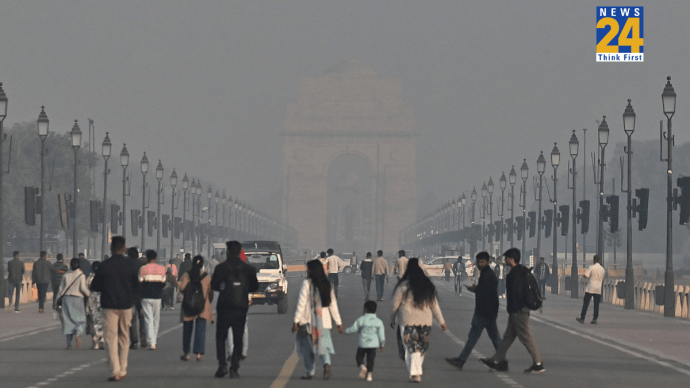India is in the list of the top 5 countries with maximum number of obese adults and has the second highest number of obese children. If that is not enough to set the alarm bells ringing in your mind, then here is another piece of bad news. India has now been declared the ‘Diabetes capital of the world’ where by 2030 India is predicted to have around 80 million diabetics which is still the leading position. India is even going to lead with the maximum number of people affected with hypertension. Now does this tell you something about the Indian diet? So now come and let us see what an ideal Indian should look like.
Also read – https://news24online.com/web-stories/low-calorie-indian-snacks-for-dieting/
The Typical Indian Diet
There is no one-diet-fits-all concept in India just because of its sheer size and diversity. If the northern part consumes one kind of diet, you will find another in the east, west and south. You will see people consuming grains, lentils & legumes, seasonal vegetables, various fats & oils as cooking medium, dairy products, seafood & meats and spices & herbs. They are thus inclusive of carbohydrates, proteins, fats, vitamins and minerals. If it is a complete kind of diet, then what really went wrong that the Indian medical sector is now so booming?
Modern Indian Diet
Let’s take a sneak peek into the modern Indian diet and see what changes have come about that now makes Indians the most obese in the world. Nowadays Indians are opting for ready-to-eat meals, packaged foods, food delivered from restaurants and so on. These changes are all responsible for these conditions.
What Should an Ideal Indian Diet Look Like?
You have so far read about the traditional and modern Indian diets. From this you can understand how far the contemporary Indian has strayed. The ideal Indian diet should be macronutrients as in fat, proteins and carbohydrates and micronutrients as in vitamins and minerals. It also recommends vegetables, fruits, leafy greens, roots, tubers for half the intake and cereals, millets, pulses, animal flesh, eggs, nuts, oil seeds, milk and curd for the other half.
According to modern scientific research, instead of consuming the traditional 50-70% of total energy consumption, it should be restricted to 45%. The protein intake should be increased from 6-9% to 15%. The total fat intake should be restricted to less than or equal to 30% of total energy. It also suggests that fatty acids from nuts, oilseeds, milk products and seafood should provide at least 10% of total energy per day.
The study says that processed foods should be cut down as they contribute to obesity through their fat, sugar and salt content. This significantly cuts down the risk of heart, attacks, strokes, diabetes and hypertension.
Food Items That Can Be Safely Consumed
Now look at this list of food items that can be safely consumed by the modern Indian:
- Non-starchy vegetables and fruits
- Complex carbohydrates like those found in whole grain bread & pasta, bran and many more can be consumed
- Oils like olive, canola, vegetable, rice bran, mustard and peanut can be consumed
- Eat plenty of lentils, soy, beans, tofu, mushroom, fish, turkey, chicken breasts and lean cuts of beef
- Breakfast should be heavy
- Have as many as five to six meals a day
Also Read – https://news24online.com/lifestyle/blood-sugar-down-beating-it-with-the-power-of-ancient-grains/264393/













